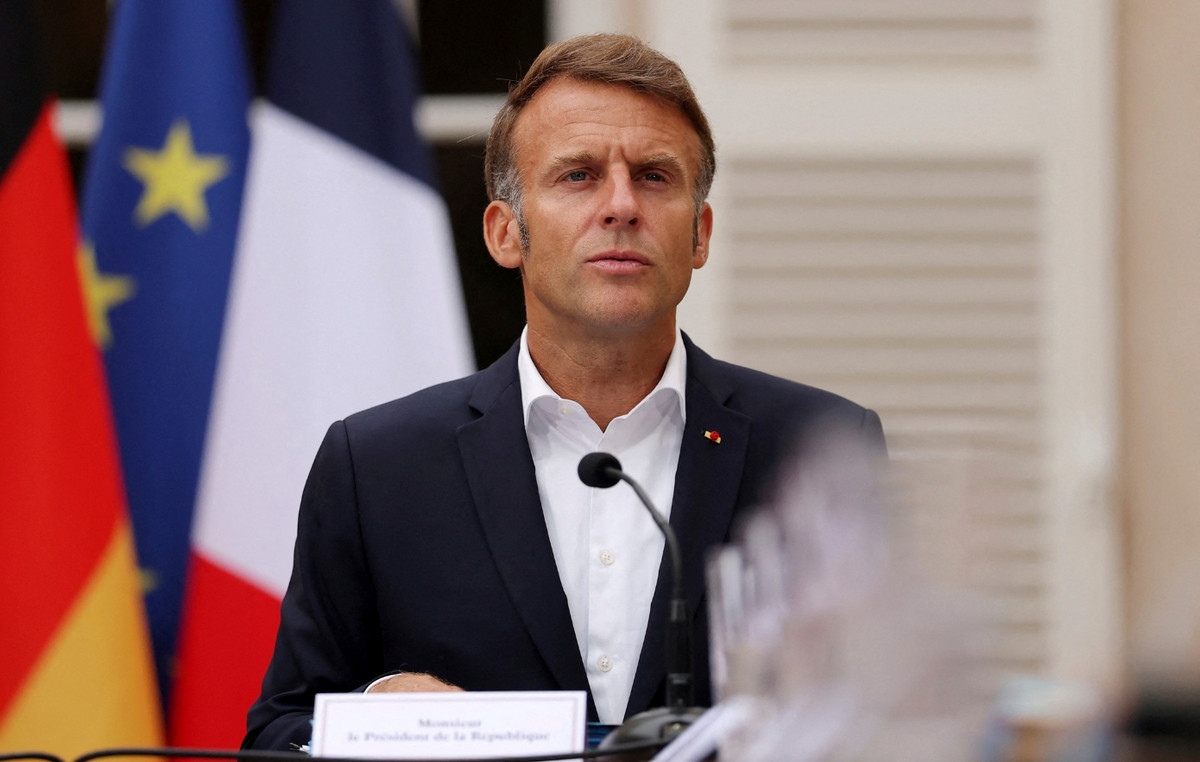- The Mexican peso falls on the eve of the monetary policy meeting of the Bank of Mexico.
- The vast majority of economists do not expect Banxico to reduce interest rates.
- USD/MXN is forming a bullish two-bar reversal pattern and could correct higher.
The Mexican Peso (MXN) declines across its most traded pairs on Wednesday as traders prepare for the key event on the Peso’s radar: the Bank of Mexico (Banxico) monetary policy meeting on Thursday.
At the time of writing, one United States Dollar (USD) buys 18.16 Mexican pesos, the EUR/MXN is trading at 19.41, and the GBP/MXN at 23.01.
Mexican peso relaxes ahead of Banxico meeting
The Mexican peso eases ahead of Banxico’s monetary policy meeting on Thursday, although the vast majority of economists expect the central bank to keep its policy interest rate at its current level of 11.00%.
The high interest rate differential between Mexico and most major economies is advantageous for the Mexican Peso as it attracts greater capital flows. Deciding not to reduce interest rates would therefore be considered bullish for the Peso.
According to a Bloomberg survey of 25 economists, 23 of the 25 expect Banxico not to change its monetary policy. A recent survey by Mexican lender Citibanamex showed that most respondents also expected Banxico to leave rates unchanged at 11.00% at the June meeting, although they did expect a reduction in August.
“The Bank of Mexico meets on Thursday and is expected to keep rates steady at 11.0%,” said Dr. Win Thin, Global Head of Markets Strategy at Brown Brothers Harriman (BBH), in a note Tuesday. . “The recent weakness of the MXN is an upside risk to inflation and will keep the bank cautious. The swap curve has tightened upward since the May meeting and is pricing in just 75 bps of easing over the next 12 months versus 125 bp at the beginning of May,” he added.
Rabobank senior strategist Christian Lawrence expected Banxico to cut interest rates by 0.25% at the June meeting. However, he changed his mind about it in light of the sharp devaluation of the Mexican peso since the election, which “has acted as a de facto reduction,” says Lawrence.
Economists at Standard Chartered see imported inflation from the post-election depreciation of the Mexican Peso as preventing Banxico from pulling the trigger on rate cuts, supporting the Peso in the process.
“We now expect the Bank of Mexico (Banxico) to remain on hold rather than cut 25 bps at its June 27 meeting, amid a sharp currency depreciation driven by high political noise and fiscal uncertainty,” says the bank.
Technical Analysis: Two-bar reversal could signal recovery for USD/MXN
The USD/MXN forms a two-bar reversal pattern (shaded rectangle in the chart below) which is a fairly reliable indicator of a short-term reversal in the trend.
If Wednesday ends as a green day, it will strengthen the two-bar reversal signal and suggest a continuation to the upside, although the distance this corrective move could travel is undetermined.
USD/MXN Daily Chart
A possible level that USD/MXN could rally to is the June 18 low at 18.30.
At the same time, the short-term trend remains bearish, leaving the pair at risk of a bearish recapitulation.
A break below 17.87 (June 24 low) would invalidate the two-bar pattern and would likely result in a continuation of the near-term downtrend towards a target at 17.71 (a chart low made on 4 hours on June 4), followed by 17.54 if stronger, the June 4 low.
The direction of long- and medium-term trends remains uncertain.
The Mexican Peso FAQs
The Mexican Peso is the legal currency of Mexico. The MXN is the most traded currency in Latin America and the third most traded currency in the Americas. The Mexican Peso is the first currency in the world to use the $ sign, prior to the later use of the Dollar. The Mexican Peso or MXN is divided into 100 cents.
Banxico is the Bank of Mexico, the country’s central bank. Created in 1925, it provides the national currency, the MXN, and its priority objective is to preserve its value over time. In addition, the Bank of Mexico manages the country’s international reserves, acts as a lender of last resort to the banks and advises the government economically and financially. Banxico uses the tools and techniques of monetary policy to meet its objective.
When inflation is high, the value of the Mexican Peso (MXN) tends to decrease. This implies an increase in the cost of living for Mexicans that affects their ability to invest and save. At a general level, inflation affects the Mexican economy because Mexico imports a significant amount of final consumption products, such as gas, fuel, food, clothing, etc., and a large amount of production inputs. On the other hand, the higher the inflation and debt, the less attractive the country is for investors.
The exchange rate between the USD and the MXN affects imports and exports between the United States and Mexico, and may affect demand and trade flows. The price of the Dollar against the Mexican Peso is affected by factors such as monetary policy, interest rates, the consumer price index, economic growth and some geopolitical decisions.
The exchange rate between the USD and the MXN affects imports and exports between the United States and Mexico, and may affect demand and trade flows. The price of the Dollar against the Mexican Peso is affected by factors such as monetary policy, interest rates, the consumer price index, economic growth and some geopolitical decisions.
Source: Fx Street
I am Joshua Winder, a senior-level journalist and editor at World Stock Market. I specialize in covering news related to the stock market and economic trends. With more than 8 years of experience in this field, I have become an expert in financial reporting.








